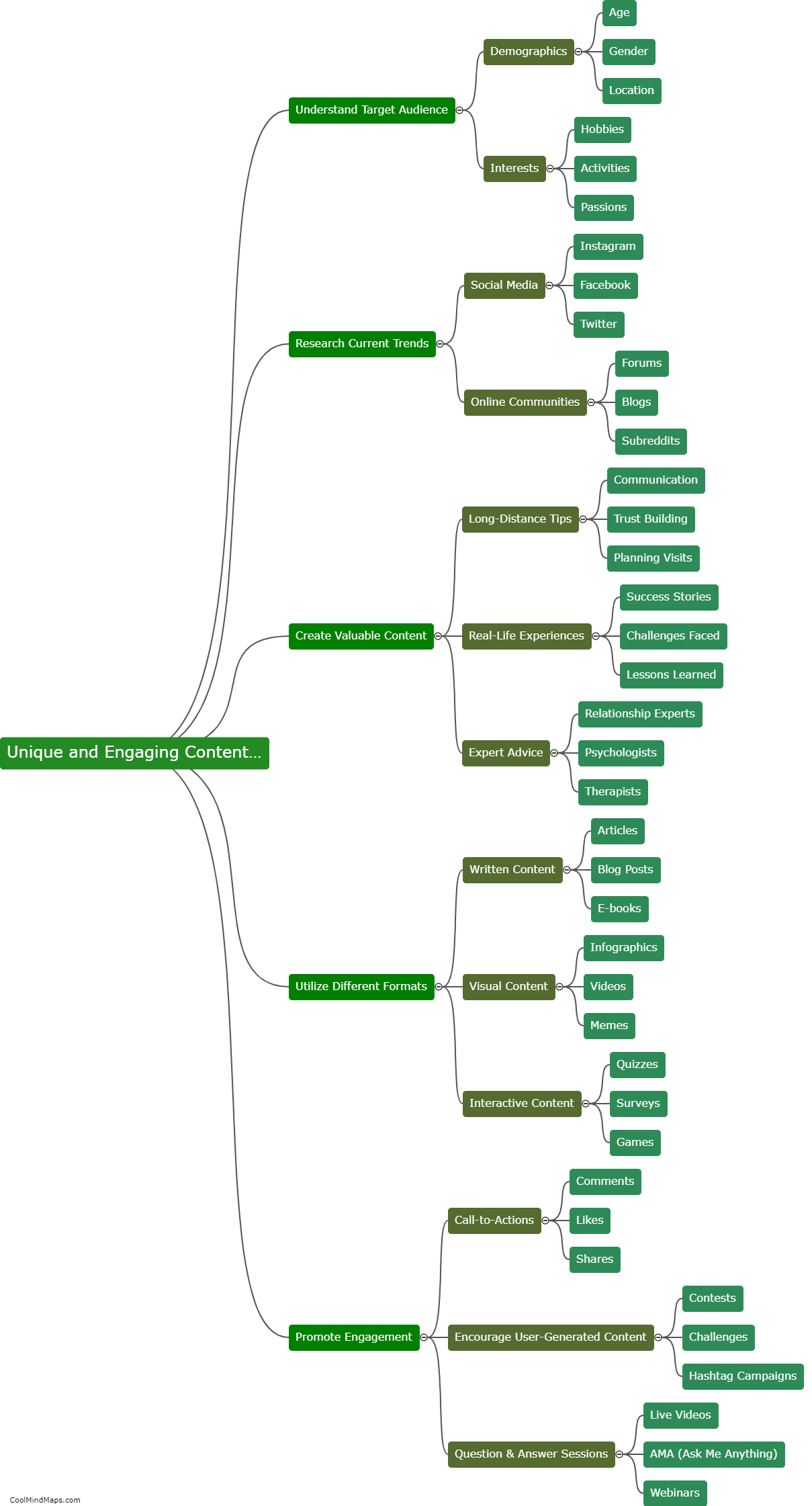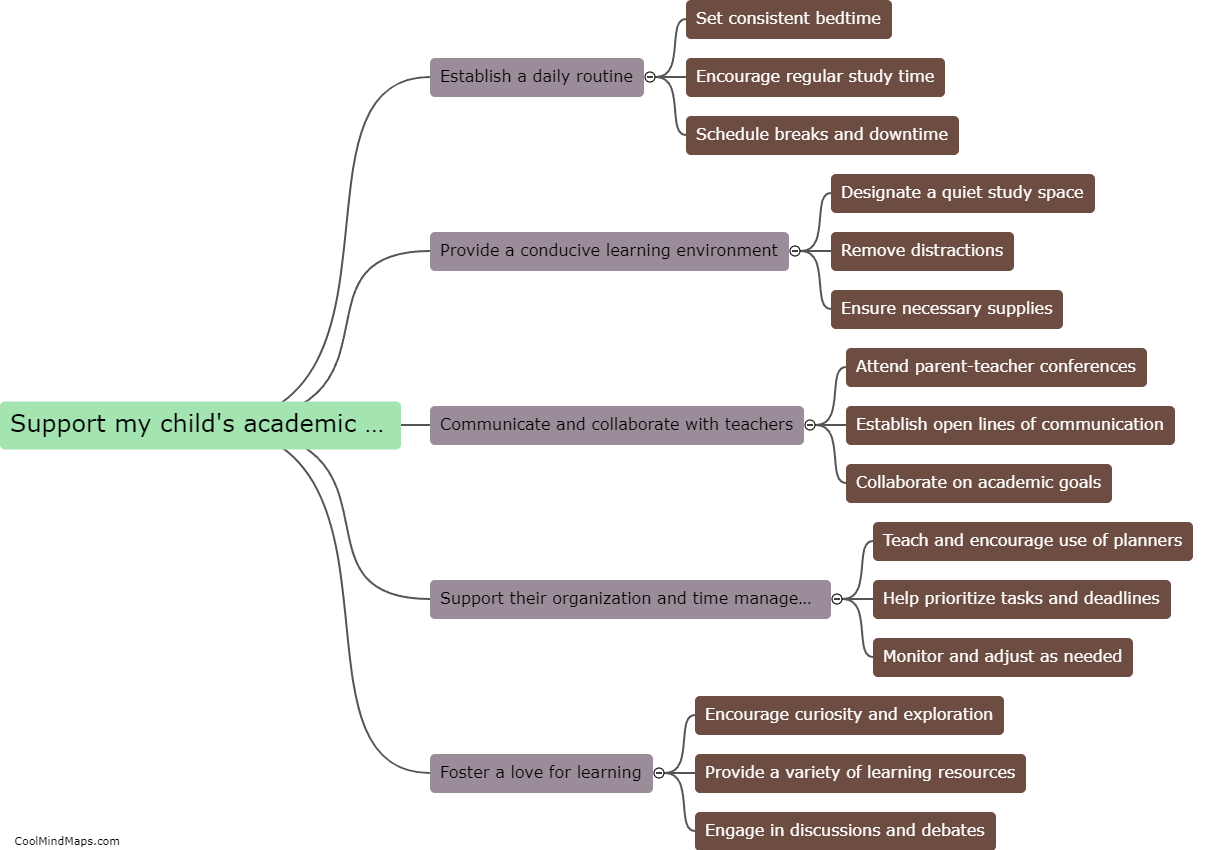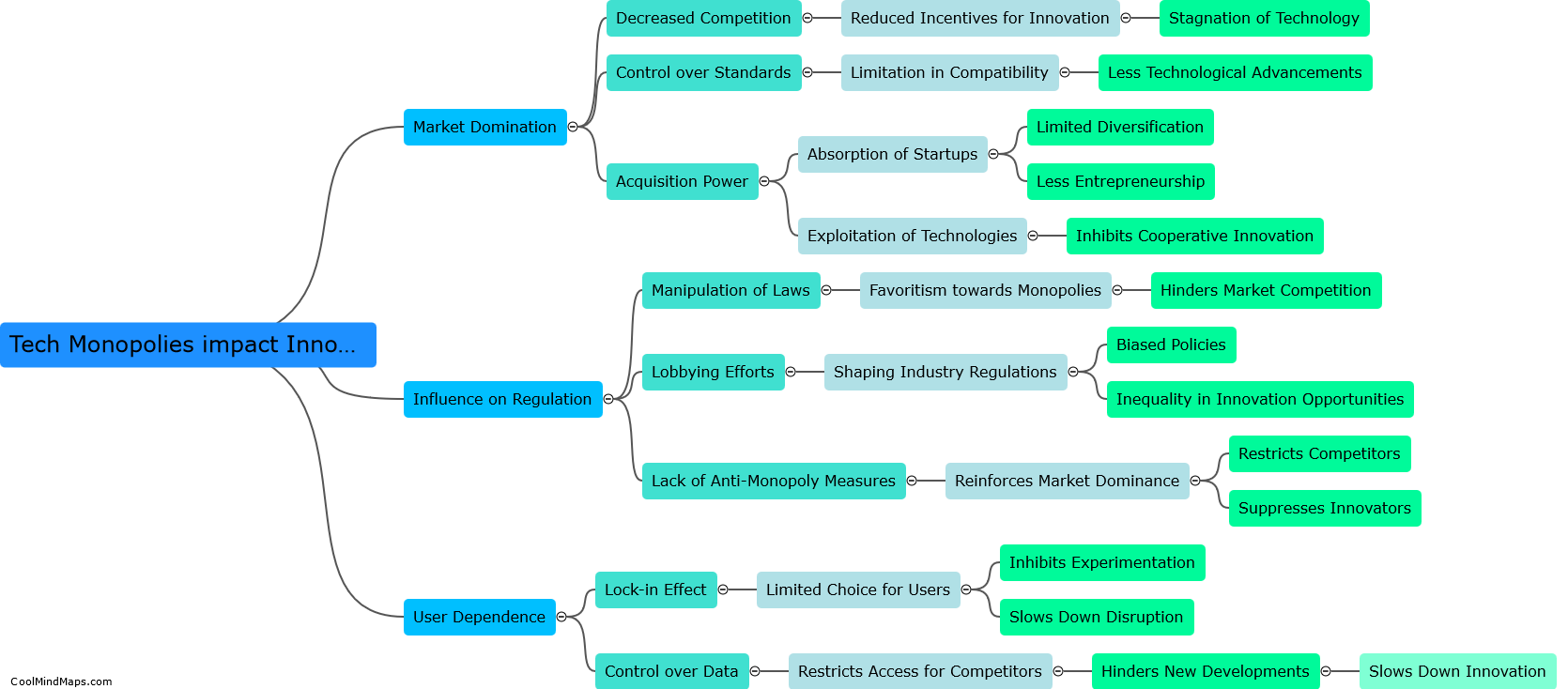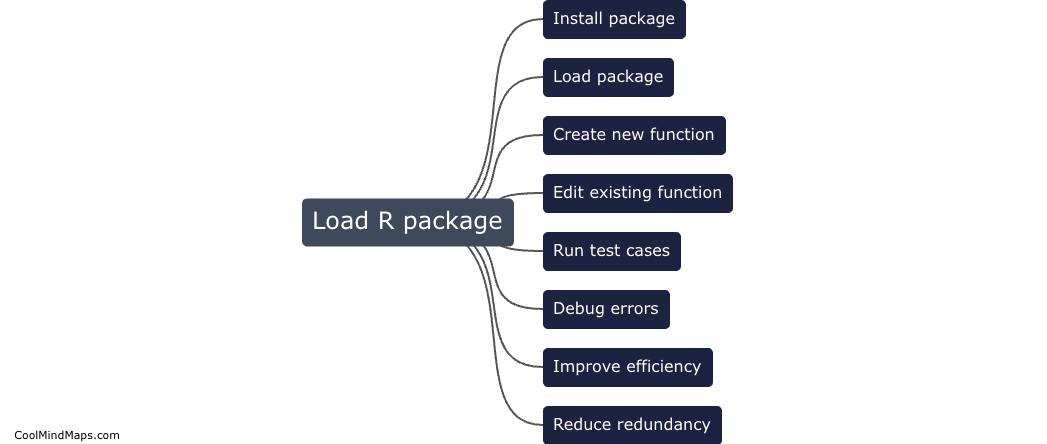What are the steps for hypothesis testing in R?
Hypothesis testing in R typically involves several steps. The first step is to formulate a null hypothesis and an alternative hypothesis based on the research question. Next, data is collected and imported into R. Then, a suitable statistical test is selected based on the type of data and the research question. The test is conducted, and the p-value is calculated to determine the likelihood of obtaining the observed results if the null hypothesis were true. Finally, the p-value is compared to a predetermined significance level to make a decision on whether to reject or fail to reject the null hypothesis.

This mind map was published on 15 May 2024 and has been viewed 41 times.











